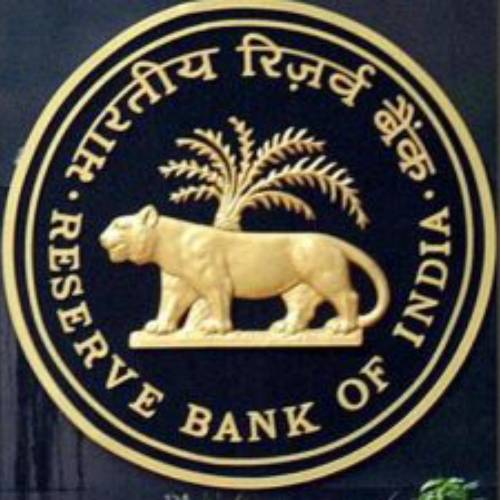New Delhi [India], July 29 (ANI): India’s Digital Public Infrastructure (DPI), known as the India Stack, has emerged as a transformative force in the country’s economic landscape says Reserve Bank of India (RBI) report on Currency and Finance 2023-24.
Built on principles of public good, open access, and regulatory fairness, India Stack has become a cornerstone in facilitating cost-effective and scalable service delivery, particularly benefiting marginalized segments of society.
Since its inception in 2009, the Aadhaar system has become the world’s largest biometric-based identification network, with a staggering 1.38 billion ID holders covering 98 per cent of the population.
This 12-digit identification system has revolutionized the way identity verification is conducted, enabling secure and seamless authentication without the need for physical presence.
The launch of the Pradhan Mantri Jan Dhan Yojana (PMJDY) further amplified Aadhaar’s reach, linking 52.5 crore bank accounts to Aadhaar. This initiative has been particularly impactful in rural and semi-urban areas, with more than 50 per cent of account holders being women. The percentage of account ownership in India has surged from 35 per cent in 2011 to 78 per cent in 2021.
The Aadhaar system has facilitated over 116 billion authentications and 20 billion electronic-know-your-customer (e-KYC) verifications, since 2014.
This extensive use has contributed significantly to the formalization of the economy. The Goods and Services Tax Network (GSTN) has on boarded 1.4 crore taxpayers and issued over 400 crore e-way bills, demonstrating the system’s robust integration into economic activities.
Direct Benefit Transfers (DBTs) have streamlined the distribution of subsidies, transferring Rs 6.9 lakh crore for 315 schemes to 176 crore beneficiaries in 2023-24.
This system has resulted in an estimated Rs 3.4 lakh crore in cost savings up to March 2023, highlighting the efficiency and effectiveness of the DPI framework in reducing leakages and ensuring that benefits reach the intended recipients.
The Unified Payments Interface (UPI) has emerged as a game-changer in the realm of digital payments. Its real-time, scalable, and interoperable platform integrates multiple bank accounts into a single mobile application, enabling seamless fund routing and merchant payments.
The UPI system has witnessed a dramatic rise in transaction volume, from 12.5 billion transactions in 2019-20 to 131 billion transactions in 2023-24, accounting for 80 per cent of all digital payment volumes.
In June 2024 alone, the UPI recorded nearly 14 billion transactions, supported by 424 million unique users. This growth underscores UPI’s role in facilitating secure and convenient transactions, contributing to a compound annual growth rate (CAGR) of 50 per cent in transaction volume and 10 per cent in value over the past seven years.
India’s DPI is not confined to national borders but is expanding globally. The Modular Open Source Identity Platform (MOSIP) is aiding other nations in developing digital identity solutions.
Additionally, India is working on integrating UPI with fast payment systems in countries such as Singapore, the UAE, and Nepal, to streamline international remittances.
Collaborations are also underway with other central banks and foreign payment service providers to extend UPI and RuPay acceptance beyond India.
Economic value generated by DPIs is projected to rise to 2.9-4.2 per cent of GDP by 2030, potentially boosting India’s growth and total factor productivity.
As India’s Digital Public Infrastructure continues to evolve, it stands poised to play a crucial role in driving economic transformation and improving the quality of life for its citizens. (ANI)












